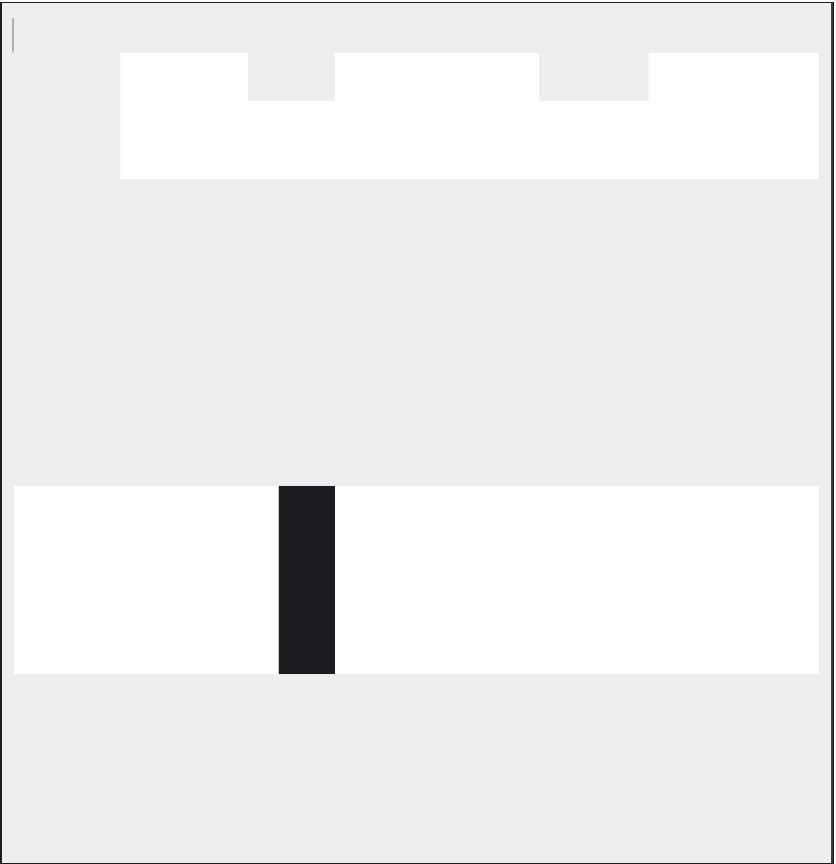Biomedical Engineering Reference
In-Depth Information
RISK ANALYSIS
Characteristic
2.4.3
Life Cycle
Phase
Design, Manufacture, and
Suppl
y
Comment
FDA request letter ref
x.y.z
Failure /
Hazard
Supply of radioactive components due to potential contamination in Japan
Ionization injury to patient
Effect
Estimation
of Risk:
Likelihood
×
Severity
at start of
life cycle
phase
L
×
S
=
RPN
Hazard Relevance
✓ =
relevant
Estimation
of
residual
risk
at the
end of this
life cycle
phase
Additional
hazards
introduced
by risk
control
measures?
If so, what
action
taken?
E
n
v
i
r
o
n
m
e
n
t
Risk reduction
activities (gray/
black zones)
(if practical):
Comment if
required (white
only)
Action proposed
to protect from
residual risk;
implementation
and verification
of efficacy?
Can the
risk be
reduced
further?
(gray)
B
y
s
t
a
n
d
e
r
P
a
t
i
e
n
t
Root Cause(s)
U
s
e
r
R
P
N
R
P
N
L
S
L
S
Suppliers
inadvertently
use
material(s)
that have
passed
through Japan
post April
2011
Written
confirmation
obtained from
all suppliers that
no materials
originate from
or passed
through Japan
Contacted
all
subcontractors
to check
providence of
all materials
No
additional
hazard
5
4
20
1
4
4
No
✓
✓
✓
This case study has demonstrated how, even after a device has been placed on the market, a
thorough risk analysis can be used to check if anything needs to be done. In this case the analysis
showed that we could not be sure that the materials were not contaminated, hence a likelihood
of 5. However, after contacting all suppliers for their materials' providence it was apparent that
only a random mishap would mean the use of contaminated materials, hence L
=
1. Notice the
action to ensure that the risk is controlled; requesting letters of providence from the suppliers
will ensure they keep their eyes on the ball too!
the outcome of your evaluation has to be formally signed off by a qualified person and then
placed in your device's technical file (or DHF). There is little doubt that this chapter should
be governed by regulatory documents. However they tell the reader what to achieve, but
not how to get there. They state that you should demonstrate the benefits to the patient's
treatment, the patient, and the end-users…but they do not tell you how. This chapter is aimed
at addressing that shortcoming.




















































































































Search WWH ::

Custom Search